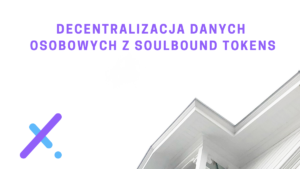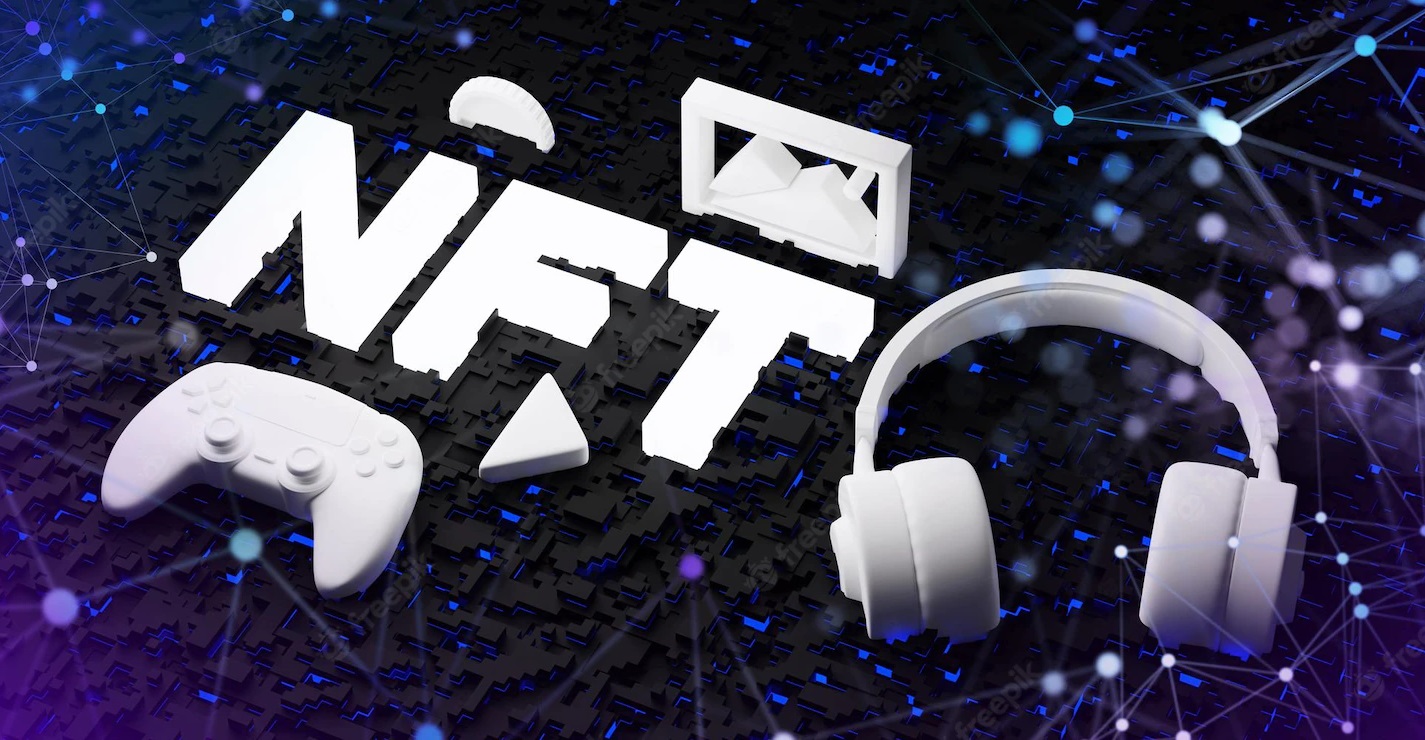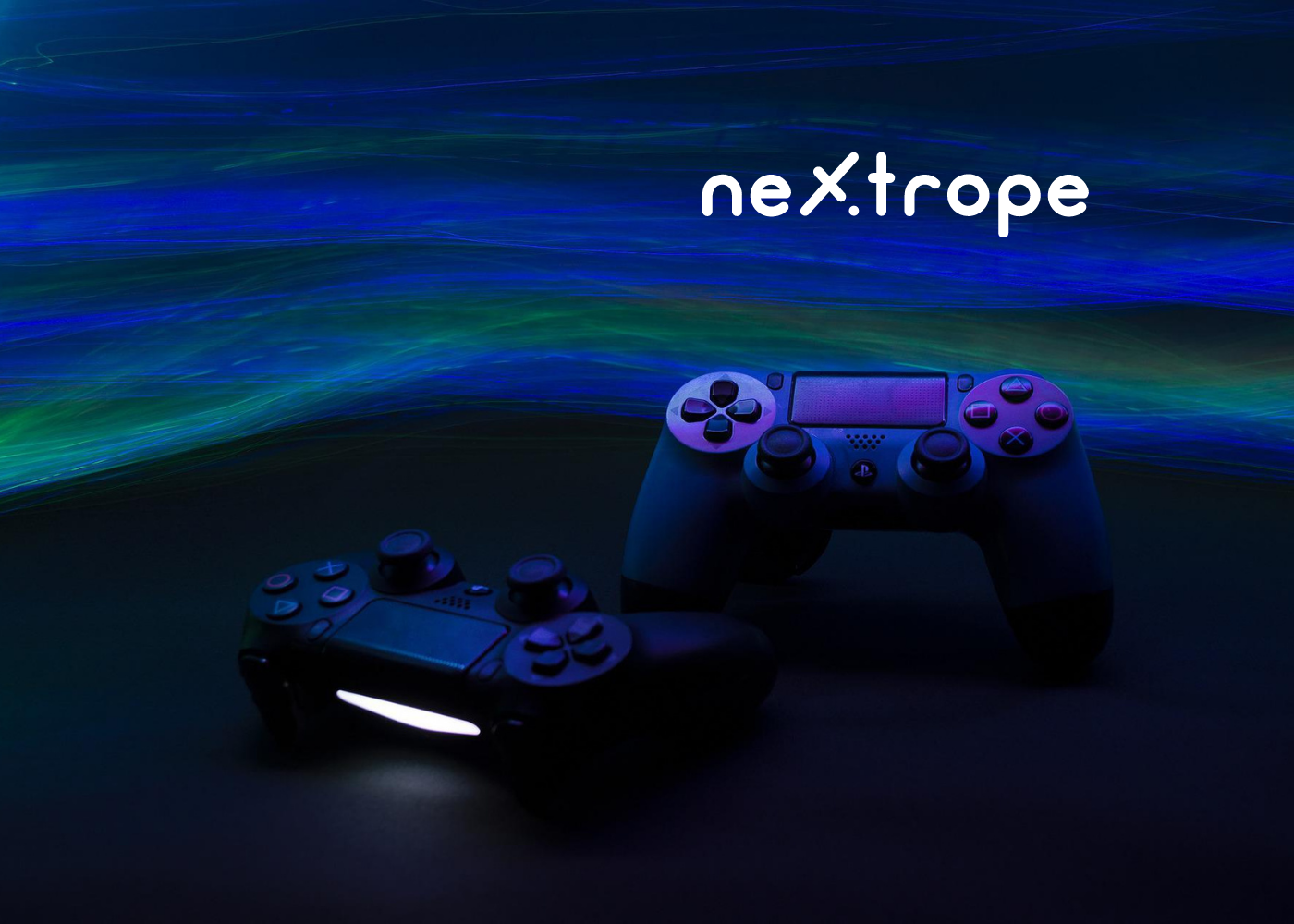- Vitalik Buterin and SBT
- How does SBT work?
- What to do if you lose the key to your SBT?
- Spam – as a problem in SBT
- Is personal information stored using SBT safe?
- Can an SBT token be transferred to another person?
- How to transfer SBT from one wallet to another?
- When will SBTs be created?
- Are SBTs the future of NFT?
- Benefits of implementing SBTs
- Summary
NFT and tokens are one of the most popular forms of indicating ownership rights or commercial products. For several years, this area of blockchain has been constantly evolving and has been used in art, gaming and finance. What can the new tokens proposed by one of the biggest crypto visionaries, Vitalik Buterin, bring to the market? What are Soulbound tokens? We're writing about it below!
Vitalik Buterin and SBT
The creator of Ethereum, Vitalik Buterin, pointed out some time ago that it would be a good idea to implement a new kind of tokens that will help to test the actions, achievements, antipathies and other factors among potential crypto users. Due to the fact that, according to Vitalik, they will be a sort of "look into the soul", the tokens were called Soulbound. These tokens are non-transferable NFT and are stored in special crypto portfolios called “Souls”. Vitalik points out that they can be used in many ways – from educational certification to credit assessment.
How does SBT work?
SBT will be a kind of medium for our information, which will facilitate the everyday lives of many people thanks to full automation and decentralization. For example, our SBT will gather information regarding CV, education, interests and other factors. Thus, if a university is interested in our potential application, the SBT will analyze all the information indicating whether we are a good candidate or not. It also works the other way around – with all the information regarding a particular University, the SBT will be able to assess if it meets our requirements. The decentralization of information will be outside the reach of all bureaucracy, major institutions and companies. Moreover, you do not need to create a database because it will be stored in a separate location – you will get an access key.
What to do if you lose the key to your SBT?
The lack of access to your wallet is one of the worst problems you can imagine in the cryptocurrency industry. What if you lose the keys to the SBT? Many people are now probably asking themselves whether all your information, certificates, university diplomas, etc., will disappear if the keys are lost. There will probably be a solution to this situation. If you lose your keys, you will be able to recover your wallet if you get the permission of the SBT community.
Spam – as a problem in SBT
Can other users smuggle content into your token? This question also appears among NFT users. The answer to it is simple: Vitalik proposed the possibility of hiding SBT keys from the public.
Is personal information stored using SBT safe?
Leaving aside the issue of spam, private key protection, and disclosure of critical information regarding our person - attaching all this to a public blockchain sounds intriguing! Unfortunately, if there's no way to hide these NFTs from other people, they could turn out to be dangerous. Someone with access to an entity's data will have the ability to influence it in many ways. Some point out that SBT is a bit like China's social credit system in China, which is used in a very negative way. It involves rating the public on a number of levels, from party affiliation to education to reporting on other citizens. For each action, the system accrues points. Those who have fewer points have poorer access to education, cannot buy better equipment, and their social situation constantly weakens. Without a doubt, this is simply a categorization of citizens. Nevertheless, SBT is not intended to categorize people, but to store data outside of central authorities and automate any bureaucratic process.
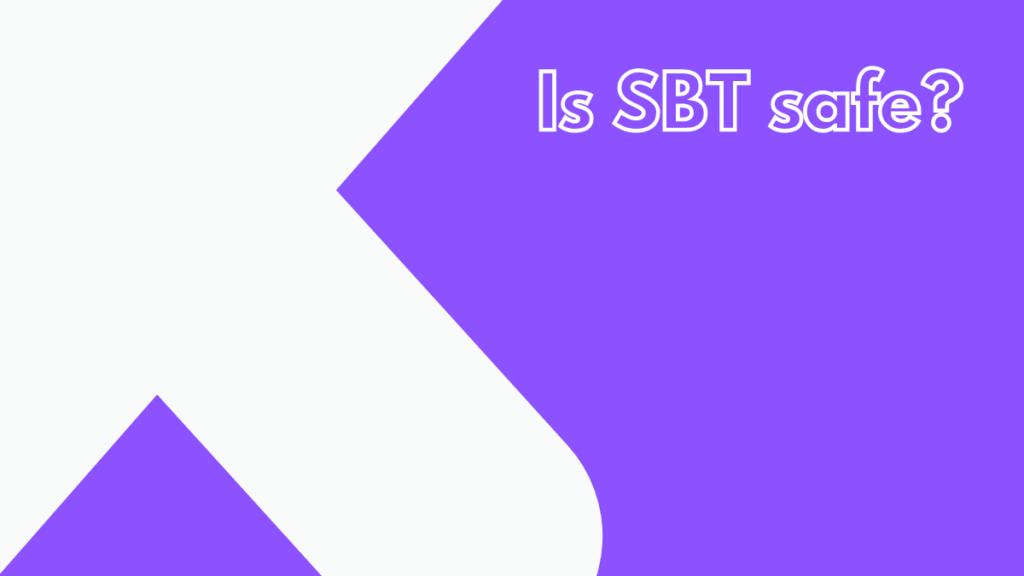
Can an SBT token be transferred to another person?
Since we cannot trade our token or transfer it to other people, what can be done with it? Here are some examples of a potential SBT solution:
- DAO (Decentralized Autonomous Organization) aims to create an environmental community. Attendees of environmental conferences and graduates of environmental programs can obtain SBT by airdrop from the DAO.
- Security of documentation - if universities will issue diplomas and certificates in the form of SBT, by the very definition - they cannot sell their documents or forge them thanks to blockchain technology.
- Experience verification - if, for example, a given IT company wants to hire programmers specializing in blockchain technology, it will check their experience, projects, and education automatically using SBT. After the initial data analysis, potential candidates can be invited for an interview.
SBT tokens show a person's university affiliation, membership in academic programs, and qualifications. Additionally, this token will be able to represent the unique and individual characteristics of the subject. It is safe to say that this kind of token will help in building reputation and protecting identity. Vitalik himself indicates that we are moving towards a society that will be fully decentralized and independent of state bodies and entities.
How to transfer SBT from one wallet to another?
What if a user wants to move all his assets (SBT) from one wallet to another? There are several solutions to this situation:
- Store the item at an address that is an abbreviation of the index, the recipient's address, and a secret belonging to the recipient. You can reveal your secret to the interface, which will then scan all possible items belonging to you, but no one without your secret will be able to see which items belong to you.
- Publish a hash of multiple objects and give each recipient its Merkle branch.
- If a smart contract needs to verify that you have an item, you can provide ZK-SNARK.
Transfers can take place over the network. The technique that is least complicated should be using ZK-SNARK. In this case, a transaction will be made that invokes a factory contract to make the old item invalid and the new item valid. Everything is done using ZK-SNARK, which makes the operation valid. According to Buterin - transferability mainly shows the money orientation of Web 3.0 and how it can hurt the long-term stability of the next generation. Vitalik also shows the advantage of SBT over NFT. According to him, you can buy and sell NFTs to support artists, charities, etc, but this kind of technology cannot be used for the Soulbound Tokens concept as it could create a wide scope for infringement.
When will SBTs be created?
Vitalik, claims that Soulbound Tokens (SBTs) will be available as early as 2022, and by the end of 2024, they will already be popular worldwide. Hopefully, this kind of new technology will greatly improve the transfer of information and protect it with a decentralized structure!
Are SBTs the future of NFT?
It is likely that SBTs can be used by institutions native to web3 - DAO. It is assumed that Stanford University will recognize degrees held in NFT in about 5 years. It may be that the university's blockchain program itself will offer SBTs and other solutions from NFT to graduates of its university. Let's look at the number of clerks, staff, faculty, and bureaucracy it takes to process a simple resume or graduate school document. Imagine all these solutions will be redundant with a single token that fully automates the entire hiring process. Without a doubt, SBTs are the future of NFT.
Benefits of implementing SBTs
The potential benefits of decentralizing personal data could be:
- reducing government service costs,
- improving the flow of capital within a company by automating the transfer of documents,
- improving employee and student recruitment,
- increased security of workflows in the private and public sectors,
- a more practical system for a single person - all documents in one place - no paper accumulation.
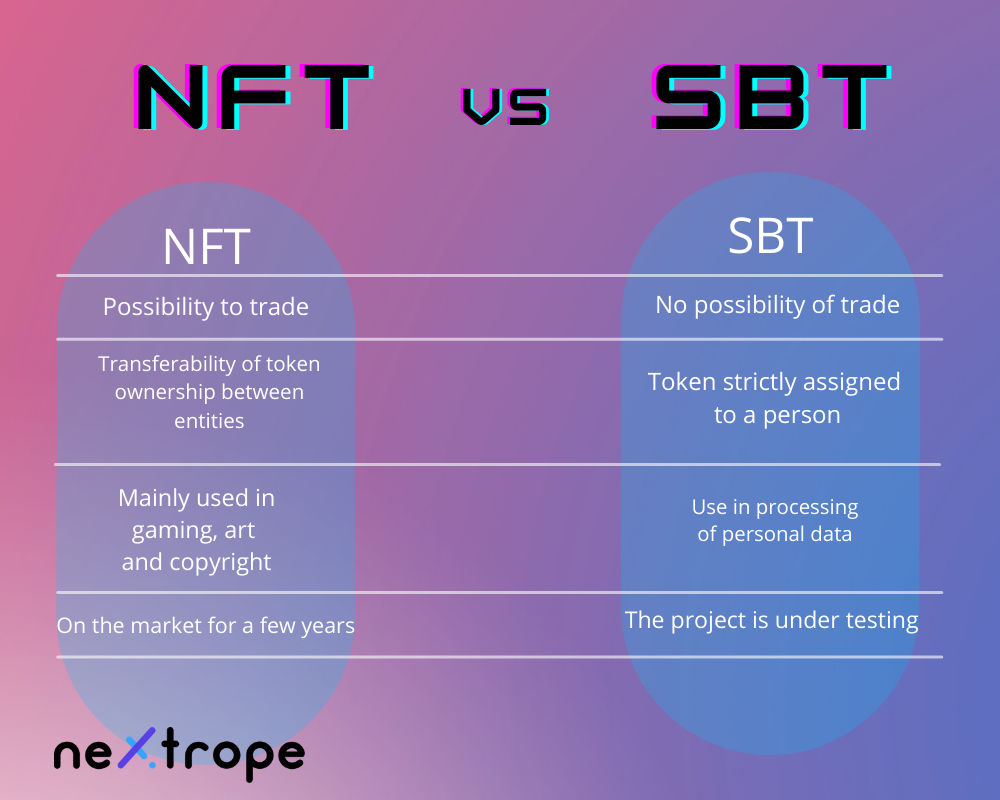
Summary
SBTs are tokens that can make all bureaucracy as well as documentation fully automated and digitized. Thanks to blockchain technology and the innovative design of the SBT token, many states and businesses will have the opportunity to reduce costs. In particular, such a solution will be helpful when recruiting employees, and students, transferring information between hospitals, or insurance. The possibilities of decentralizing information are endless! What do you think about SBT? Let us know in the comments!
 en
en  pl
pl 
